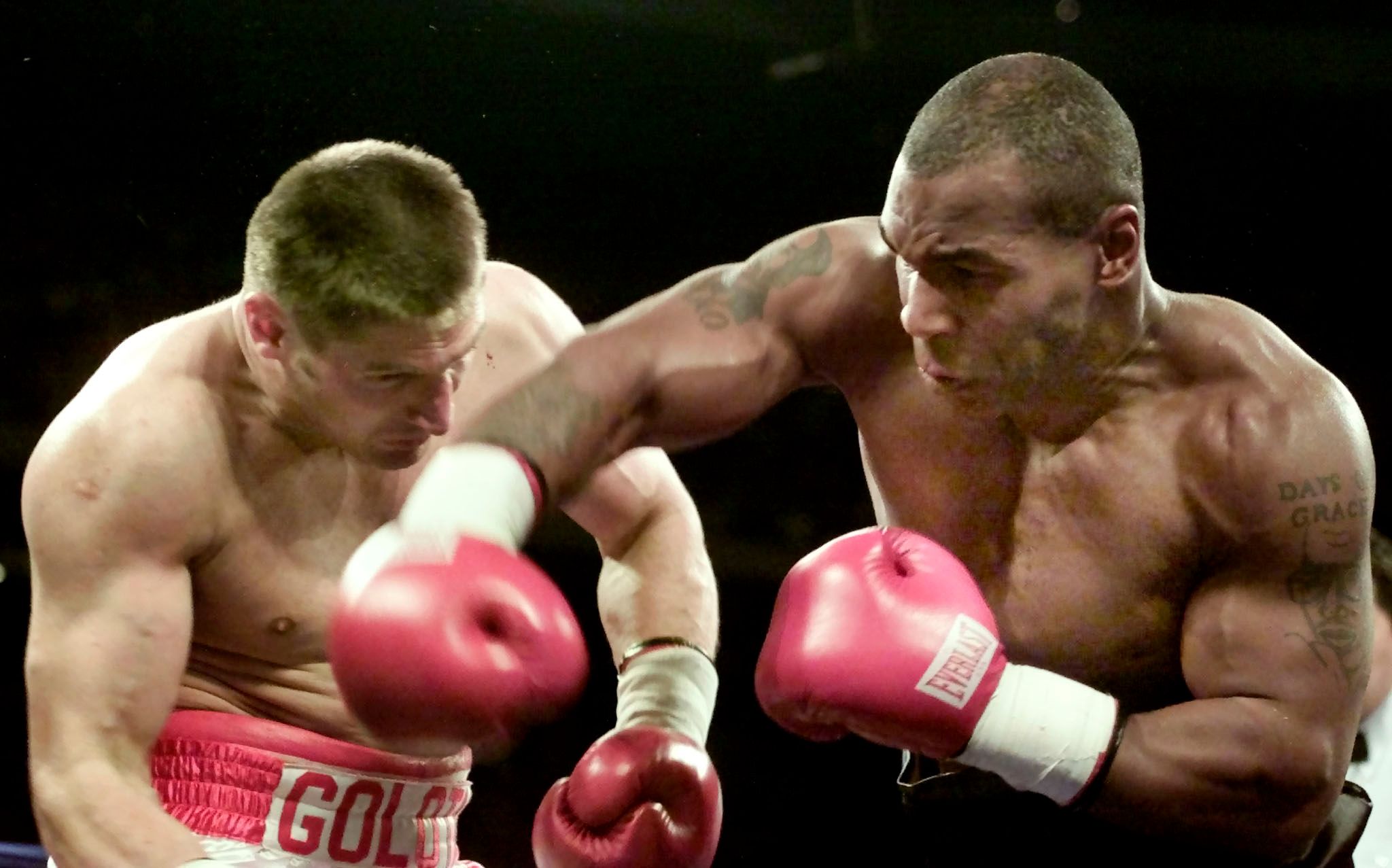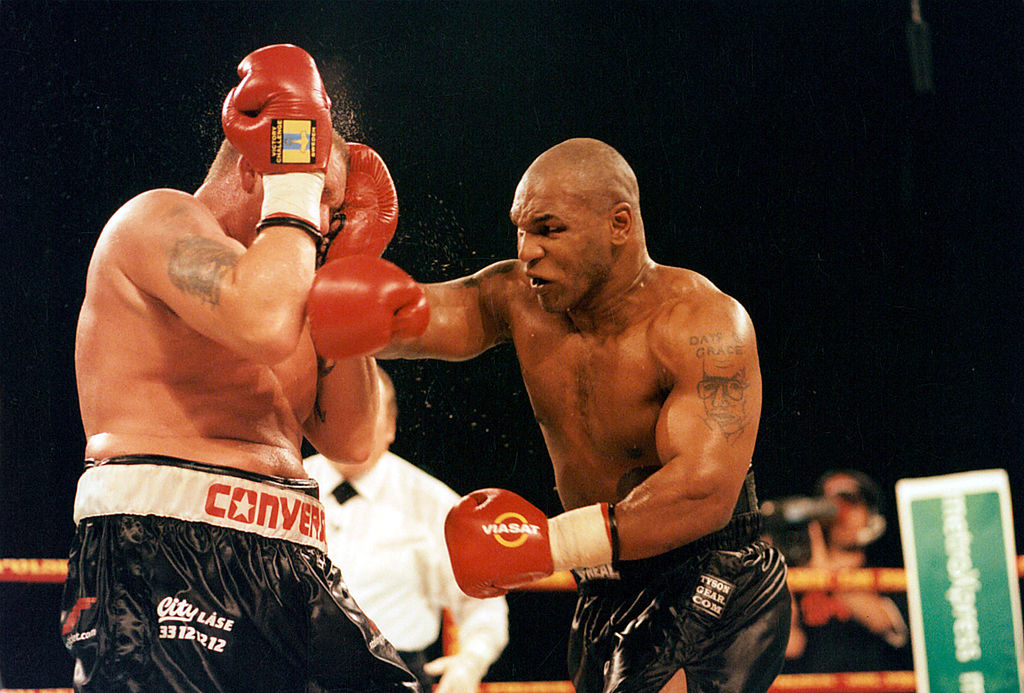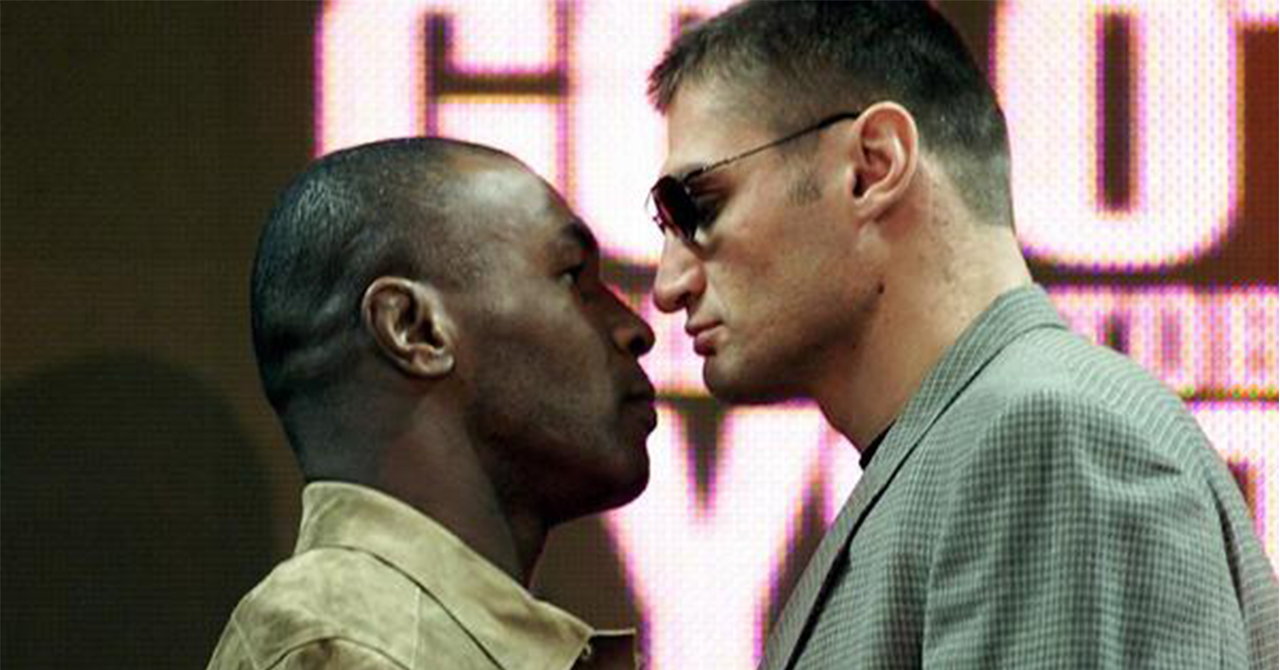Their first bout in 1996 descended into chaos, with Golota disqualified amidst scenes of rioting and mayhem that left spectators and officials alike stunned.
Despite his undeniable talent in the ring, Golota’s career was marked by moments of controversy and instability. His propensity for delivering low blows during fights became a recurring theme, earning him widespread criticism and condemnation from fans and pundits alike.
The rematch between Golota and Bowe six months later unfolded in eerily similar fashion, with Golota once again disqualified for repeated low blows. While Golota’s physical abilities were beyond reproach, his mental fortitude came under scrutiny as he struggled to maintain his composure under pressure.
Subsequent fights, including his ill-fated heavyweight title challenge against Lennox Lewis, further underscored Golota’s struggles with the mental aspects of the sport. His encounter with Mike Tyson in 2000 proved to be a turning point, as Golota abruptly retired after just two rounds, citing Tyson’s alleged headbutts as the reason for his decision.

The aftermath of the Tyson-Golota bout was fraught with controversy, as Tyson’s failed drug test for marijuana added another layer of complexity to an already bizarre encounter.
Golota’s injuries from the fight, including a fractured cheekbone and herniated disc, underscored the physical toll of his tumultuous career and raised questions about the risks inherent in professional boxing.

While Golota’s legacy in the boxing world is colored by moments of brilliance and controversy, his story serves as a cautionary tale about the challenges faced by athletes both inside and outside the ring. In grappling with his personal demons and navigating the unforgiving world of professional sports, Golota’s journey offers valuable insights into the complexities of the human spirit and the enduring allure of the sweet science.
